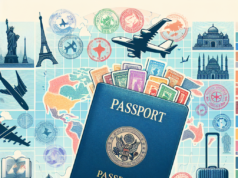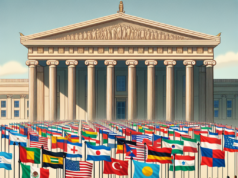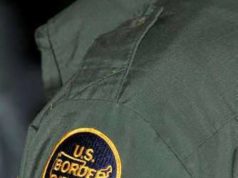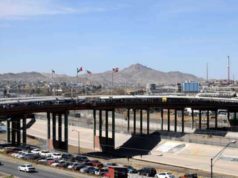
Crossing the Border in the United States: What You Need to Know
Crossing the U.S. border can be a complex and intimidating process, whether you are a U.S. citizen returning home or an international traveler visiting for the first time. Border officials have a duty to ensure the safety and security of the country, and they may ask you questions, inspect your documents or belongings, and even deny entry to anyone who does not meet the requirements. In this article, we will explore what you need to know when crossing the border in the United States.
1. Understanding the Different Types of Borders
The United States has two types of borders: land borders and coastal borders. Land borders refer to the physical boundaries separating the U.S. from neighboring countries, such as Canada and Mexico. Coastal borders refer to the U.S. borders that are located along the coastline and extend several miles into the ocean.
2. Document Requirements for Crossing the Border
To enter the United States, you will need to have the appropriate travel documents and meet the entry requirements. For U.S. citizens, a valid passport or passport card is required for entry by air, sea, or land. U.S. permanent residents (green card holders) must present their permanent resident card (green card) or other valid identification documents. International travelers must have a valid passport and may also need a visa or ESTA (Electronic System for Travel Authorization) depending on their country of origin and the purpose of their visit.
3. Customs and Border Protection Officers
Customs and Border Protection (CBP) officers are the officials responsible for enforcing U.S. immigration and customs laws at the border. They have the authority to question and inspect travelers and conduct searches on persons, vehicles, and belongings. CBP officers also have the discretion to deny entry to anyone who poses a security risk or does not meet the entry requirements.
4. Procedures at Border Crossings
When crossing the U.S. border, you will be required to present your travel documents and answer a series of questions from the CBP officer. The questions may include the purpose of your visit, the length of your stay, and your intended activities while in the United States. Depending on the circumstances, the CBP officer may refer you for secondary inspection or require additional documentation.
5. Import and Export Regulations
If you are carrying goods or merchandise across the border, you will need to comply with the U.S. import and export regulations. Some items may be restricted or prohibited from entry or require special permits or licenses. Failure to comply with the regulations can result in fines, seizure of goods, or even arrest.
6. Transportation Logistics
Depending on how you plan to cross the border, you may need to consider transportation logistics. If you are traveling by land, you will need to know the hours of operation and wait times at the border crossing points. If you are traveling by air or sea, you will need to check the schedules and routes of the carriers. In addition, you may need to consider transportation options once you arrive in the U.S., such as renting a car or taking public transportation.
7. Border Crossing Strategies
To make your border crossing experience smooth and stress-free, there are some strategies you can follow. First, make sure that all your travel documents are in order and easily accessible. Second, be truthful and respectful when answering the CBP officer’s questions. Third, familiarize yourself with the U.S. import and export regulations and be ready to declare any goods or merchandise you are carrying. Fourth, plan ahead and avoid peak travel times if possible. And finally, be patient, as crossing the border may take some time.
Conclusion
Crossing the U.S. border can be a daunting experience, but by understanding the different types of borders, document requirements, procedures at border crossings, import and export regulations, transportation logistics, and border crossing strategies, you can make the process smoother and more efficient. It is important to be truthful, respectful, and comply with the laws and regulations to ensure a successful border crossing experience.
Border Crossing
Border crossing presents possibly the most dangerous situation that lawmakers need to address in future immigration laws. Unlike those in the country with expired visas, people engaging in the illegal crossing of borders remain entirely anonymous. Government agencies have no way of knowing the type of individuals that enter the country illegally through the American borders. This present specific problems in the current terrorist afflicted world, particularly after the attacks of September 11th. Although, as a whole, statistics suggest that crime rates may not be tied to illegal immigration, there remains a clear danger with people entering the country with anything they happen to have in their possession.
Concerns over border protection have strained relations between Mexico and the United States in the past, and recent widespread violence in Mexico has not abetted this trend much. Even though American officials remain weary over possible substances or firearms that illegal immigrants may bring to America, the majority of the guns in Mexico come from America. These reversing trends require better collaboration at the borders.
In response to continued illegal border crossings, recent news has spotlighted civilian-vigilante border patrol groups with the stated goal of watching the borders and reporting illegal activity to the police. This trend illustrates the focus of the United States on the issues surrounding border crossing, but these groups have been labeled as both racist and patriotic, and some question their underlying intentions.























